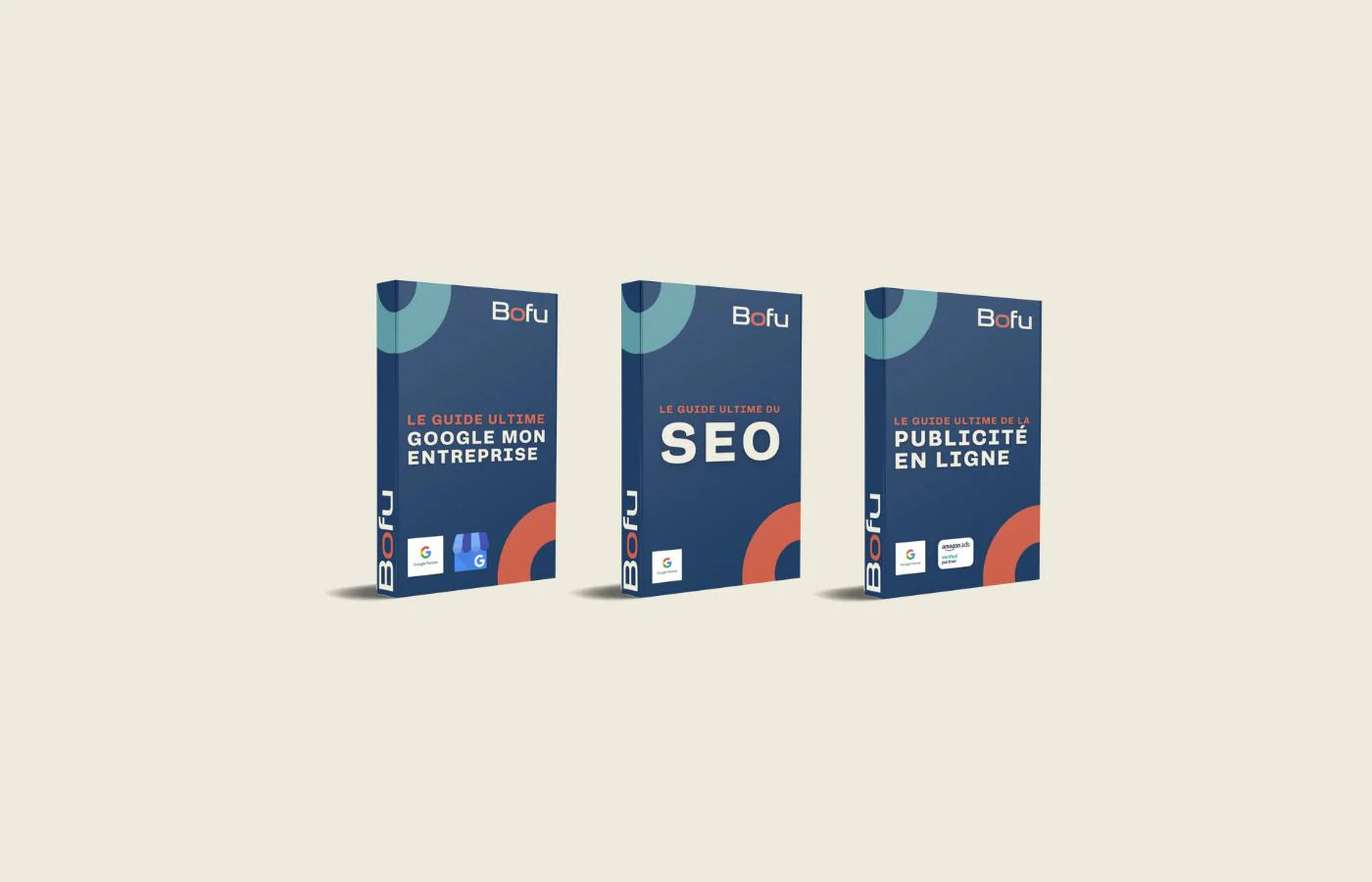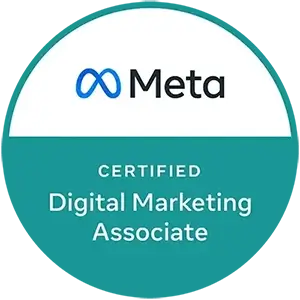Introduction
Generative Engine Optimization (GEO) is an emerging discipline of modern SEO. It aims to optimize web content so that it is selected and cited by search engines powered by generative artificial intelligence, such as Google SGE (Search Generative Experience) , Bing Copilot , ChatGPT with navigation , or Perplexity.ai .
In an era where synthetically generated answers are gradually replacing traditional blue links, GEO is becoming essential for service, e-commerce and media companies that want to remain visible and influential in complex search journeys.
Many companies are already taking advantage of the new opportunities offered by generative engines thanks to the support of a GEO agency that helps them audit and optimize their content.
Objective of GEO
The goal is no longer just to be ranked in the top ten results, but to be cited or referenced directly in an AI-generated answer . These answers are based on a mix of reliable sources, structured elements and contextual logic.
Platforms that use generative motors
| Platform | Technology used | Where the generated response appears |
|---|---|---|
| Google SGE | Proprietary AI + LLM (PaLM) | At the top of the page, box IA |
| Bing with Copilot | GPT-4 + Bing Engine | Summary in the right column or in the top SERP |
| ChatGPT with Web | GPT-4 + plugins/web browsing | Paragraph or list with cited source |
| Perplexity.ai | AI Engine + Dynamic Quotes | Structured response with clickable links |
How GEO works
Generative engines extract information from pages:
-
which clearly answer frequent or strategic questions ;
-
which are structured (logical titles, short paragraphs, precise data);
-
which come from reliable sources (domain authority, backlinks, citation by other sites);
-
which use visual or formatted elements (tables, lists, FAQs);
-
whose semantic context is rich (entities, synonyms, conceptual relationships).
GEO Best Practices
Content structuring
-
Hierarchical and descriptive H2/H3 headings
-
Short and precise paragraphs
-
Keywords related to intentions (informative, comparative, decisional)
Adding formatted elements
-
Comparison tables
-
Bulleted or numbered lists
-
“In Summary” Boxes
Data inclusion
-
Statistics, concrete figures, dates, studies cited
-
Credible references (with or without hyperlink)
Creation of FAQ or glossary type pages
-
Answer questions like:
-
“What is the difference between GEO and SEO?”
-
“How to appear in Google SGE?”
-
Improving authority
-
Get backlinks from sites already cited in AI engines
-
Produce content collaboratively (co-creation, expert interviews)
Concrete application for a business
Services
Create 400-600 word FAQ articles that answer specific questions from your customers (e.g., “How much does an initial consultation cost?”).
E-commerce
Add a “FAQ” or “Model Comparison” section directly to product pages. E.g., “What is the difference between model X and Y?”
Media
Structure each article with an expert summary at the top of the page, a box of numerical data, and a quote or reliable external source.
Practical example
A B2B company that publishes a detailed article titled:
“How to reduce factory production times through automation”
...by formatting the article like this:
-
Brief introduction (less than 70 words)
-
Three comparative sections (before/after automation)
-
Boxed summary of figures with field data
-
Quote from an external expert
...may have its content used by ChatGPT or Perplexity as a source in a generated answer on: "How to improve industrial efficiency".
Useful tools for GEO
-
Google SGE (experimental via Search Labs)
-
Perplexity.ai (to see how AI synthesizes your content)
-
AlsoAsked, AnswerThePublic (to understand intentions)
-
Ahrefs / SEMrush: to track high authority pages
Indicators to follow
| KPI | Recommended tools |
|---|---|
| Pages cited in SGE or IA | Manual capture, test tracking |
| Appearances in Perplexity | Direct search analysis |
| Inbound backlinks from AI sites | Ahrefs, SEMrush |
| Number of FAQs/answers extracted | Google Search Console |
To remember
-
GEO targets AI engines like SGE or ChatGPT.
-
Your content must be structured, concise and credible.
-
Add tables, lists, and concrete data.
-
Promote questions and answers and FAQs.
Quick Checklist
-
Do I have an FAQ section on my site?
-
Does my content include clear, short answers?
-
Am I citing reliable sources?
-
Do my pages use hierarchical headings?
Conclusion
Generative Engine Optimization doesn't replace SEO; it complements it and projects it into the future. By thinking like an AI, you'll make your content understandable, selectable, and visible everywhere humans ask digital questions.
It's a new era for useful, structured, and credible content. GEO is your lever to dominate tomorrow's search.
LEARN MORE
You're viewing one part of our comprehensive guide to SEO in the age of artificial intelligence , a must-read for understanding how to adapt your digital strategy to new search engines, generative AI, and the modern user experience.
Access the main guide here:
The SEO Guide to the Age of Artificial Intelligence
Continue reading with the specialized sub-articles:
-
AIO – AI Indexing Optimization : Optimize your site structure for AI-driven indexing algorithms.
-
AEO – Answer Engine Optimization : Achieve position zero and respond effectively to voice or written queries.
-
SXO – Search Experience Optimization : Transforming search into conversion through a seamless, user-centric experience.














